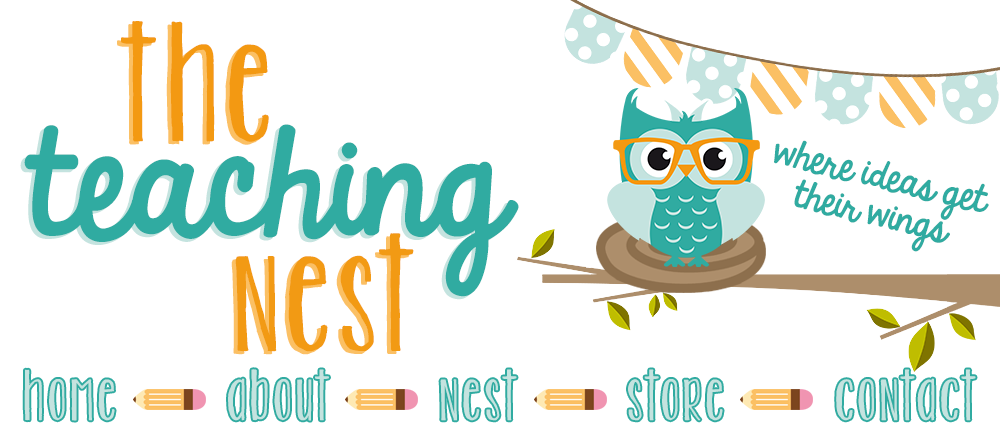Sunday, July 17, 2011
Picture-Perfect Science, Part 2
 My week with the Picture-Perfect Science authors is over. :( Although I did learn some cool stuff from Karen and Emily, unfortunately, I cannot share the pages from the books with you (darn copyright, laws!). However, I do have some pictures to share of a lab we tried!
My week with the Picture-Perfect Science authors is over. :( Although I did learn some cool stuff from Karen and Emily, unfortunately, I cannot share the pages from the books with you (darn copyright, laws!). However, I do have some pictures to share of a lab we tried!You should know what I love about Picture-Perfect is that Karen and Emily have made teaching science with picture books and the 5Es so easy! This was demonstrated when we completed the "What's Poppin'?" lesson from their first book, Picture-Perfect Science Lessons (*This lesson is designed for grades 5-6, however, with some modifications, this lesson can fit into any grade level). When using this lesson in your classroom, begin by engaging students with the picture book Popcorn! by Elaine Landau (You can also use Tomie dePaola's The Popcorn Book with this lesson).
When using this lesson in your classroom, begin by engaging students with the picture book Popcorn! by Elaine Landau (You can also use Tomie dePaola's The Popcorn Book with this lesson).  Next, explore and explain by completing the "What's Poppin'?" lab. This step is followed by elaborating with the brand test, and finally, evaluating with a popcorn poster. I can't begin to tell you how much fun this lab is! It fits in really well with introducing lab safety and instructing how to design an experiment.
Next, explore and explain by completing the "What's Poppin'?" lab. This step is followed by elaborating with the brand test, and finally, evaluating with a popcorn poster. I can't begin to tell you how much fun this lab is! It fits in really well with introducing lab safety and instructing how to design an experiment.
 When using this lesson in your classroom, begin by engaging students with the picture book Popcorn! by Elaine Landau (You can also use Tomie dePaola's The Popcorn Book with this lesson).
When using this lesson in your classroom, begin by engaging students with the picture book Popcorn! by Elaine Landau (You can also use Tomie dePaola's The Popcorn Book with this lesson).  Next, explore and explain by completing the "What's Poppin'?" lab. This step is followed by elaborating with the brand test, and finally, evaluating with a popcorn poster. I can't begin to tell you how much fun this lab is! It fits in really well with introducing lab safety and instructing how to design an experiment.
Next, explore and explain by completing the "What's Poppin'?" lab. This step is followed by elaborating with the brand test, and finally, evaluating with a popcorn poster. I can't begin to tell you how much fun this lab is! It fits in really well with introducing lab safety and instructing how to design an experiment.On another note: Karen and Emily really emphasized science misconceptions during their workshop. As teachers, we need to discover students' misconceptions to make teaching more effective. Students' misconceptions come from many places including: parents, teachers, picture books, and even from their own discovery.
I know what you're thinking: "What? Picture books? I thought they were accurate since they're published works?!" Well, that's not always the case. There are many misconceptions in picture books that we as teachers don't even catch (I can't believe how many misconceptions they pointed out in books that I have read to my students - I felt so bad!). Research shows that students can carry these misconceptions with them until they are adults, even after someone has shown them they are not correct!
Karen and Emily made a great point that you can't edit every picture book you read to your students, otherwise, the fun in reading can be lost. You can, however, have students look for misconceptions in books after learning has taken place and while wrapping up your unit.
Science plays a very important role in our lives and it is being forced out of our instructional time little-by-little each year. Using picture books to help teach science allows us to cover reading strategies and create meaningful learning simultaneously - what teacher doesn't want that?!
If you get a chance to read a Picture-Perfect Science Lesson book or take a workshop: DO IT! I have learned so much that I would be typing for a week if I posted it all!
What do you think? Have I convinced you to try out picture books during science instruction?
*Please know that I am in no way being paid to type about Picture-Perfect Science Lessons. I just really love the idea of using picture books to guide science instruction!*
Thanks for stopping by!
Subscribe to:
Post Comments (Atom)





I've never felt like science was my strength, so I'm excited to learn more about this. Thanks for sharing!
ReplyDeleteNo problem, Ashleigh! I agree with you - although I like science, I don't feel like it's a strong area where I teach. I really think you would like Picture-Perfect Science Lessons. Check it out!
ReplyDelete